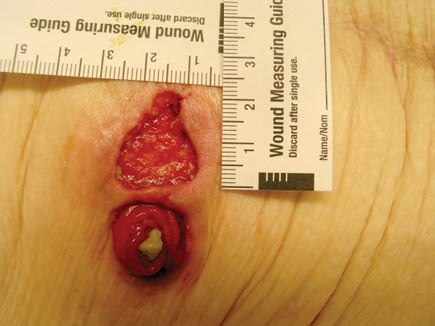Cholesterol management becomes more complicated
This issue covers topics such as cholesterol management, wearable health care technology, and post-traumatic stress disorder after a life-threatening illness.
Predicting risk for heart disease and deciding on cholesterol-lowering therapy for prevention have become areas of some uncertainty in recent years, with new guidelines disagreeing on “treating to target” and a new class of medication being released. Our cover story breaks down the main points of contention, including differences in the guidelines, the debate over appropriate risk thresholds, and current best practices for treatment.
Technology offers promise in many areas of health care, and potential complications, too. “Wearable tech,” for example—devices that can provide clinical data directly from patients to physicians—has generated interest from researchers, clinicians, and patients alike but has not yet made the leap into widespread use in practice, and getting there will be tricky, experts say. In our story, staff writer Mollie Durkin looks at the current state of wearable technology in medicine, the barriers to more widespread use, and possible implications for the future.
Post-traumatic stress disorder (PTSD) typically develops after a stressful, life-threatening event—and that can include a medical event, like a heart attack or an ED visit. Internists, who often manage follow-up of such conditions, can look for signs in patients who may have been affected, but it can be difficult to distinguish PTSD from more short-term disorders. Our story reviews the red flags that can indicate a serious problem, screening tools that can be useful, and suggestions on when to refer a patient to a mental health professional.
Chronic pain management is perennially challenging for physicians and can be especially so for those in small practices, who may have fewer resources available to address this many-pronged problem. Our Success Story looks at an ACP-led quality improvement project in Kentucky that helped 8 practices see significant improvements in screening for clinical depression, assessing and managing chronic pain, and increasing use of opioid agreement forms and urine toxicology tests.
Finally, this issue features the 10th and final story in our series marking ACP's Centennial. Read about ACP's 10th decade, featuring health care reform and other advocacy efforts, as well as new products and services. We hope you've enjoyed our look back at ACP history during the College's 100th year, and we hope you, like us, look forward to participating in the next century of promoting ACP's mission: to enhance the quality and effectiveness of health care by fostering excellence and professionalism in the practice of medicine.
Sincerely,
Jennifer Kearney-Strouse




